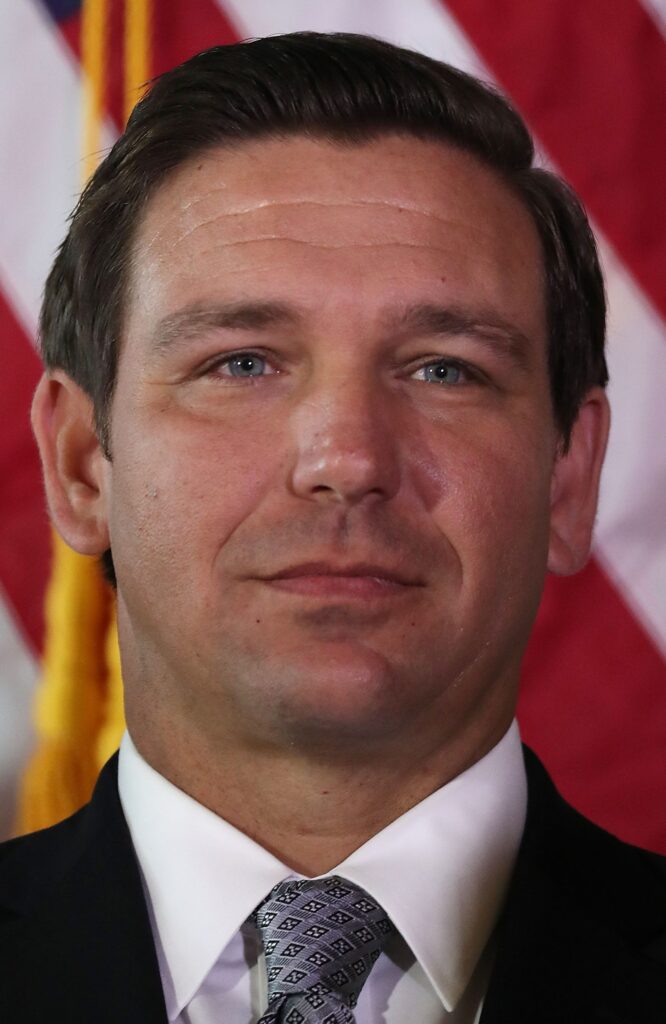
DeSantis down on increased jobless benefits

Jim Turner
News Service of Florida
Gov. Ron DeSantis expressed opposition to a Senate proposal that would increase unemployment benefits, as Florida’s jobless rate held steady at 4.7 percent in March.
Asked about a Senate bill that would increase maximum state benefits from $275 a week to $375 a week, DeSantis said his goal is to get people back to work.
“Increase benefits? Look, no, I mean, I think we’re getting people back to work,” DeSantis replied to a reporter during an appearance in Lakeland last Friday.
“You see or hear the stories, there’s businesses (that) need more. You know, our goal is to get people back to work. I think there’s a lot of demand right now,” DeSantis continued. “I’d like to get that unemployment rate below 4 percent if we can. But it’s going to take some of these inhibitions being moved off, and us being able to operate all of our industries. But there is demand in the economy for hiring and that’s a good thing; much different than it was a year ago.”
The Senate proposal (SB 1906), which was approved last Thursday by the Appropriations Committee, seeks to update benefits that were cut in 2011 to blunt a major increase in unemployment taxes on businesses. The bill is ready for consideration by the full Senate.
“We’re a much more modern society than when this (unemployment) statute was first written,” Sen. Jason Brodeur, a Sanford Republican who is sponsoring the bill, said last Thursday.
The bill, which doesn’t have an identical House version, would increase the number of weeks benefits that would be available and scale back a “work search” requirement that currently says people on unemployment must reach out to five prospective employers each week.
DeSantis made his comments last Friday shortly after the Florida Department of Economic Opportunity released a report showing that the state had a 4.7 percent unemployment rate in March, the same as in February.
The report indicated a slight uptick in the number of people deemed out of work, as the hospitality industry continues to lag in job growth amid the COVID-19 pandemic.
Florida’s unemployment rate was 4.9 percent in March 2020, as the pandemic began forcing businesses to shut down or lay off workers.
DeSantis said the state has “beaten expectations,” with increasing tax revenues that will be reflected in a budget that House and Senate leaders are negotiating.
“People predicted, I think, a lot of really doomsday scenarios and obviously, you know, that was a possibility,” DeSantis said. “But I think the way Florida’s handled the last year, we’ve been able to bounce back. Our unemployment is 4.7 percent. The national (unemployment rate) is 6 (percent). And that’s with one of our major industries forcibly closed by the federal government, the cruise lines.”
The state has filed a federal lawsuit over restrictions imposed by the Centers for Disease Control and Prevention that have helped keep cruise ships idle in the U.S. for more than a year. The restrictions came after high-profile outbreaks of COVID-19 aboard cruise ships early in the pandemic.
Florida’s latest unemployment figures represent 475,000 people out of work from a workforce of 10.17 million. The number of people out of work grew by 1,000 from February, while the workforce size increased by 46,000.
The workforce size is still down 460,000 from where it stood in March 2020, according to the department’s figures.
“When you look back at the level that we were at this same time last year, while we have been gaining jobs for 11 months, we are not quite back to where we were prior to the pandemic, when we were at the lowest levels of unemployment we’ve seen,” said Adrienne Johnston, the Department of Economic Opportunity’s chief economist. “We are just not quite back there. And largely that’s due to the leisure and hospitality industry not quite getting back to where we were.”
Johnston added that while it will take time for the leisure and hospitality industry to return to pre-COVID-19 numbers, the economic decline and the recovery have been much faster than what the state has experienced in previous recessions.
“As people are continuing to get vaccinated, as people are more comfortable with all of the different mitigation efforts that are continuing to go on, and they feel more comfortable going out and participating in economic activity, then we are going to continue to see that growth,” Johnston said.
The Villages metropolitan statistical area had the highest jobless rate in the state in March at 6.6 percent, followed by 6.4 percent rates in the Homosassa Springs and the Miami-Fort Lauderdale-West Palm Beach metropolitan statistical areas.
The lowest rate, 4.0 percent, was found in three metropolitan statistical areas: Crestview-Fort Walton Beach-Destin; Naples-Immokalee-Marco Island; and Gainesville.







